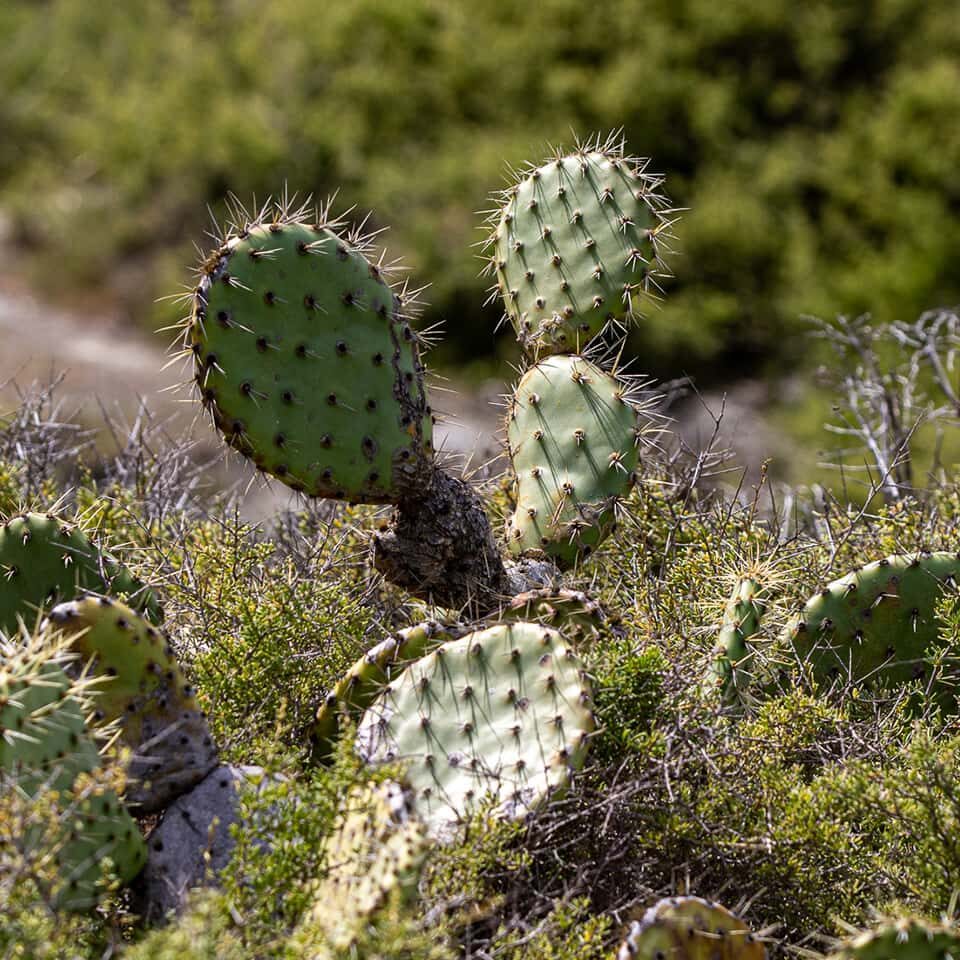CONSERVATION
Collaborations
Collaboration with those who enjoy Catalina Island, and the organizations and individuals who can lend needed expertise, is fundamental to protecting nature’s wild places and ensuring that they remain accessible.
The Catalina Island Conservancy maintains active collaborations with partners in academia, research institutions, NGOs and other land trusts to expand the knowledge and educational base for its own and society’s management needs
Interdisciplinary
Landscape level conservation management requires an interdisciplinary approach where ecologists, taxonomists, archaeologists, geologists, historians, botanists, wildlife biologists, social scientists and others work together to increase understanding of the Island’s natural systems.


Specialized
The Conservancy employs a group of specialized biologists and land managers, knowledgeable of the Island’s resources and logistics, who partner with researchers and volunteers in the development and implementation of long-term studies and provide data and information in support of research. These opportunities will continue to grow as more conservation issues are addressed and new tools are developed. These partnerships provide key information to support the management decisions by the Conservancy, are a source of future staff and provide a cost-effective way to expand the reach of the organization.
Challenges & Questions
There are several important conservation challenges and questions that need long-term and focused research efforts to be answered effectively. Research on these conservation priorities is essential for the Conservancy to continue to make sound, science-based decisions about the management of the resources in its care. Unlike many islands that are isolated and hard to reach, Catalina is ideally placed just 20 miles off the coast of Southern California for external input and collaboration. Numerous universities and their scientists and educators are eager to collaborate with the Conservancy to leverage knowledge and resources. More than 100 current and past researchers have studied aspects of Catalina’s unique biodiversity and we look forward to developing hundreds of new collaborations in the future.
Collaborators
Channel Islands National Park
California State University, Long Beach (CSULB)
Collaborative California Native Plant Society
Friends of the Island Fox
Irvine Ranch Conservancy
Islands of the Californias Botanical Collaborative
The Nature Conservancy
